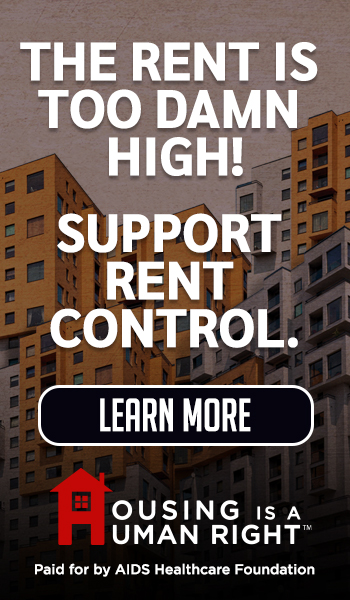Comments
REAL ESTATE - Commercial real estate investment guide. Get data-driven insights on market size, future projections, risks, and opportunities for success in the CRE sector.
How Big Is the Commercial Real Estate Market? (Let's Break It Down)

Forget just bricks and mortar – we're talking about a massive commercial real estate market (CRE) that touches everything from the towering skyscrapers downtown to the little shops on Main Street. Seriously, it's a multi-trillion dollar beast that genuinely shapes the world around us. You know, in 2023 at Paperhouses, we saw a whopping $3.89 trillion valuation globally. That's bigger than some countries' entire economies. AND, experts are saying it's just getting going. We are looking at a growth spurt (an impressive CAGR of 9.33% between 2025 and 2030, according to globenewswire.com).
Whether you're a seasoned pro wheeling and dealing, just starting out to make money, or just curious about commercial real estate market size and all its impact, understanding just how huge this whole thing is provides a really crucial starting point. I'm talking a benchmark for seeing opportunity, managing risks, and making smart choices that we use at Realmo. This includes commercial real estate valuation.
Honestly, in my years in CRE, I've seen how vital this is firsthand. It's not just about the numbers. Nah, it is about seeing under the hood to look at demand cycles and opportunities that pop up when you have a clear view. In this article, I'm going to pull back the curtain and give my experienced two cents on just how big this market actually is. So, buckle up, and let's dive in!
Defining the Commercial Real Estate Market (What Are We Talking About?)
Okay, before we get lost in the trillions, let's make sure we're all on the same page. What exactly do we mean by "commercial real estate?" Unlike residential – house and apartments – it's basically any property used to make money. Think businesses, offices, shops.... This includes a TON of different property types which all have their own vibe.
First on our list is office space. Remember the big towers or even the small ones you see? Those are office buildings. Next up is retail property. A bustling shopping mall? Strip center? Your favorite restaurant in town? That’s retail!
Don't forget industrial real estate. These include the warehouses, distribution centers and those mega-factories. And last, but certainly not least, multi-family housing. Think those big apartment complexes that are more about investment than personal living.
In my experience, the industrial and multi-family sectors have seriously been crushing it lately. E-commerce booming makes warehouses desirable and people moving to cities makes rentals hot. Makes sense, right? Knowing what makes these things tick is how you make smart investment decisions within the CRE world. One thing I didn't mention are the other markets like hospitality (hotels and resorts), land and special purpose like religious and educational.
Current Market Size: Let's Get into the Nitty-Gritty Numbers

Alright, here's the question everyone's asking: "How big is it?" Getting one single number from everyone is tough. It is a competitive and fragmented market, that's for sure. I have seen companies partner and buy each other up strategic investment.
Now, to put an exact figure is a task. Methodologies vary. Data sources change. BUT, many places provide insights. One report put out a $3.89 Trillion market in 2023 size and projects it to keep growing (a CAGR of 9.33% between 2025 and 2030). It is expected that we will hit over USD 7 Trillion by 2034. Whoa!
When you see these, know what they're look at. Is it just premium investment properties or a wide range? Where the properties are also makes a difference.
Where can you get this data? Check out real estate big-wigs like CBRE, JLL, and Cushman & Wakefield. Also industry groups like NAR and ULI. But when you read these, check out their methods, scope, and bias.
Despite the numbers, CRE represents a massive economy! By 2028, forecasts put us at $5.67 billion in 2028. Things are looking good.
Historical Growth and Future Projections: A Look in the Rearview Mirror (and into the Crystal Ball)
Over the last 10 years or so, we’ve seen some serious growth. The commercial real estate market has recovered from the financial crisis of 2008, interest rates are low, there has been urbanization. While specific trends have fluctuated by year, the overall is positive especially in industrial and multifamily properties.
Looking ahead, many folks think the CRE market is going to keep expanding, even if the pace slows a bit. Our factors, such as tech and growth of population will keep driving demand. But, online shopping is shrinking the need for traditional retail.
Based on what I see, I'd say CRE will keep rising, but inflation, interest rates, and e-commerce will keep things steady. I believe sustainable and high-tech properties will grow due to increased business efficiency and greener practices.
Past performance does not guarantee future results. To make smart investment decisions, watch economic indicators and trends carefully.
Key Factors Influencing Market Size: What Makes the CRE Market Tick?
A handful of things really drive how the CRE market grows or shrinks. These trends and factors are what you must know to ensure success in the CRE industry.
Interest Rates: Big one on the list. Interest rates impact CRE since it increases property demand and decreases value. From what I have seen, real estate investors track interest rate changes very closely.
GDP (Gross Domestic Product) Growth: GDP is a marker of economic expansion. Businesses get bustling and want office spaces, retail stores and industrial sites. A slow economy means less growth.
Demographic Changes: For instance, cities are always growing. In the U.S. the sunbelt states have experienced migration because there is high demand there.
Urbanization: A continued migration movement to cities means more development and more CRE businesses to service the residents.
Stay on top of these to make solid investments and to cash in on opportunities!
###
















